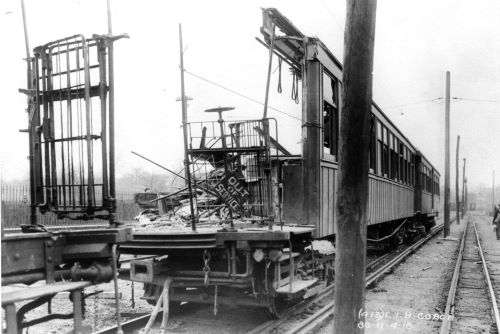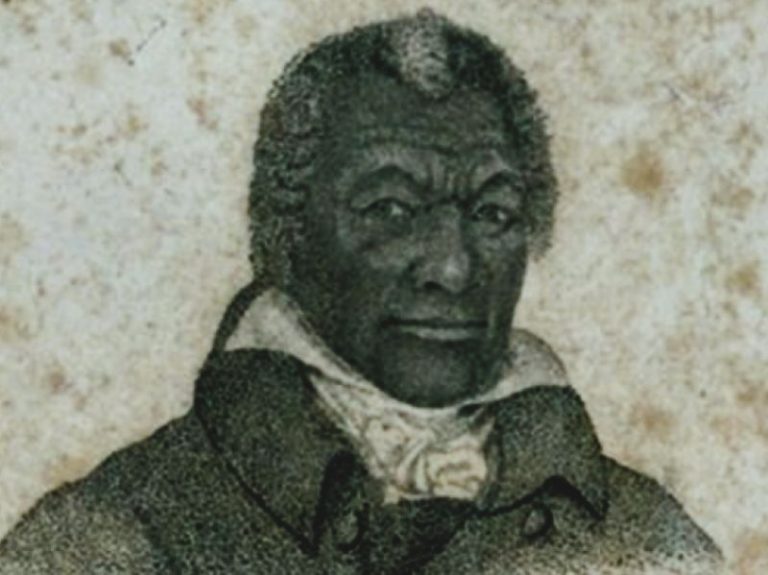

Back in 1918, a terrible dash of fate unfolded on a subway train in Brooklyn. This tragedy, known as the Malbone Street Wreck, shook the very foundation of New York City’s transit system. On that fateful day, a motorman, who clearly lacked the experience needed, operated a train during a transit workers’ strike. As the train sped through a tunnel under Malbone Street, it derailed. The worst part? It killed at least 93 people and left over 100 injured. The sheer scale of this disaster threw New Yorkers into a state of shock, but it also rang the alarm bells regarding safety in public transportation.
The Wake-Up Call
The fallout from the Malbone Street Wreck led to an immediate reevaluation of how things worked in the transit system. Lawmakers and safety regulators took a hard look at the procedures in place. They understood that if they did not act, another tragedy could occur. Many safety measures came to fruition following this wreck. Authorities decided to mandate better training for motormen, so that those operating subways understood their limitations and the intricacies of driving a train. Improved regulations also came into effect, which means strict protocols were put in place for operational safety. The days of inexperienced motormen flying through red signals are long gone – instead, new rules now require specific certifications and ongoing training for operators.
The Road Traffic Makeover
Fast forward to the present, and the transformation of New York City’s road and subway traffic system is nothing short of impressive. New York, which once saw its streets clogged with vehicles and its subway cars filled to the brim, now experiences a gradual but mighty change. Subway safety has improved significantly over the years, with a noticeable decrease in accidents, which highlights how effective safety measures have made a real difference.
Also, with traffic management initiatives like the “Vision Zero” plan, the city aims to eliminate pedestrian fatalities. The New York City Department of Transportation (NYCDOT) reported that traffic-related deaths significantly decreased because of this comprehensive approach. Initiatives like redesigning busy intersections, adding pedestrian islands, and increasing bike lanes have all contributed to safer streets.
Should Something Happen…
Car accidents can still throw a wrench in your day, even with all the safety measures in place. When you find yourself in an accident, it often feels overwhelming to deal with insurance companies, doctors, and the mountain of paperwork that comes your way and that’s where a personal injury attorney steps in. According to professionals at NYC Injury Attorneys P.C., after an accident, the injured should focus on two major factors: medical assistance, and getting proper legal representation as it can lead to much favorable outcomes. In other words, when you have an attorney by your side, it means you have someone in your corner to make sure you get the support and justice you deserve. This way, you can focus on your recovery instead of stressing over the mess. New York has made great strides in improving transportation, both in the subway system and on the roads. But like everything else, there are still some kinks to work out. The best way to stay safe is by staying alert, being careful, and following traffic rules.


